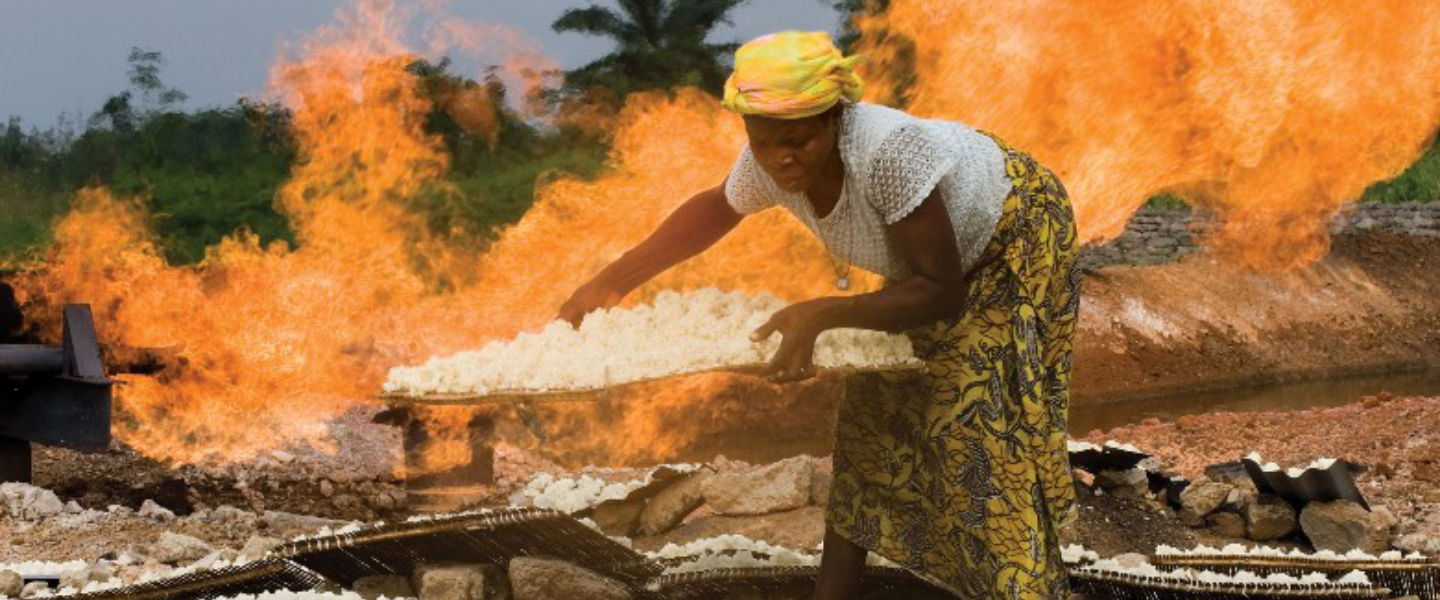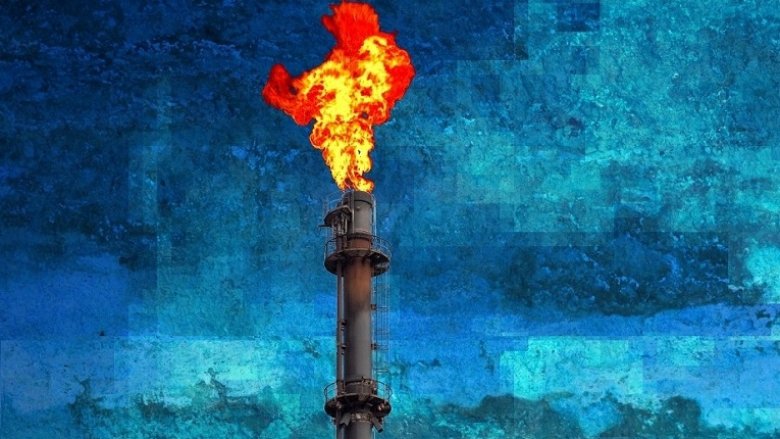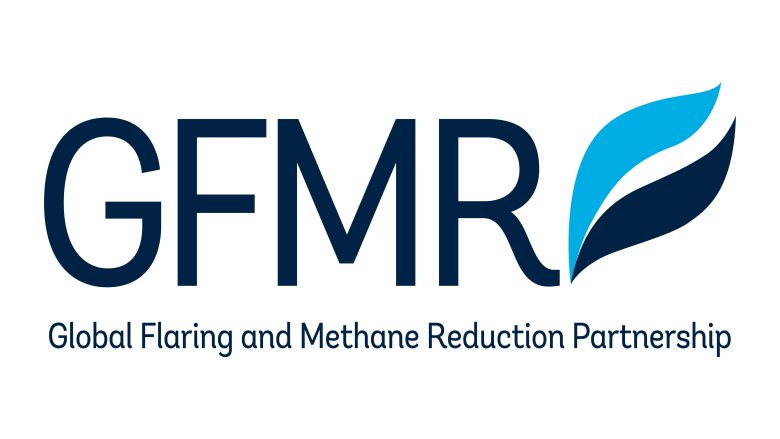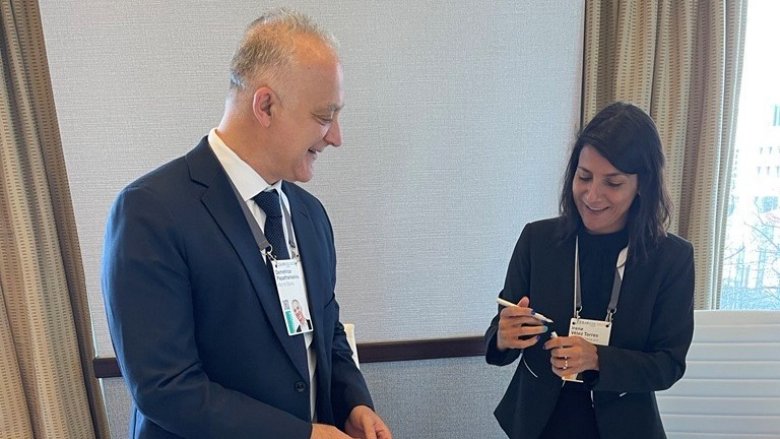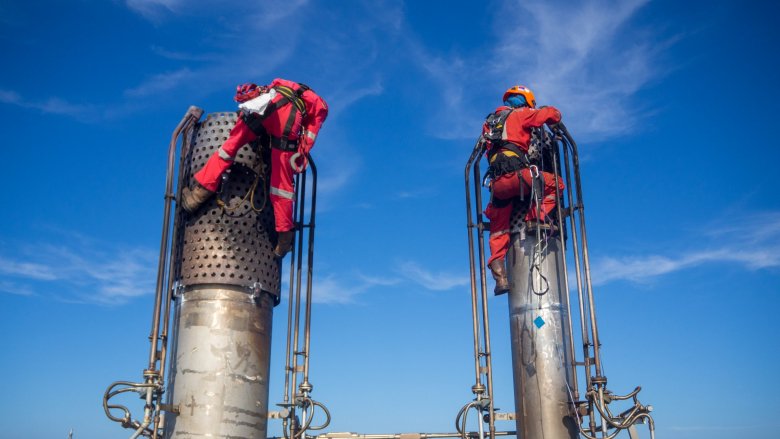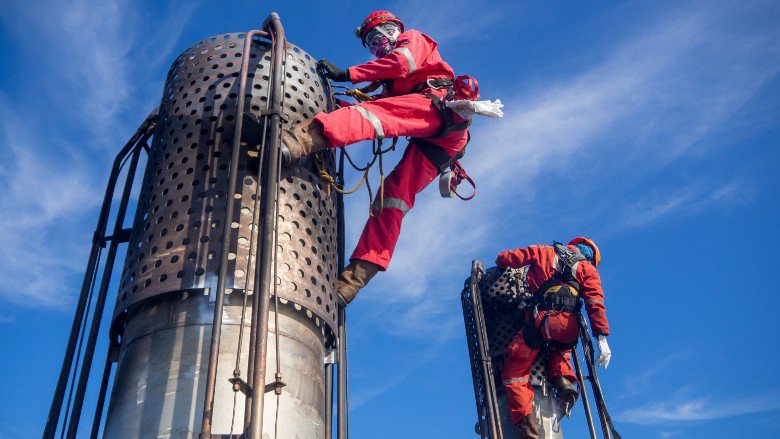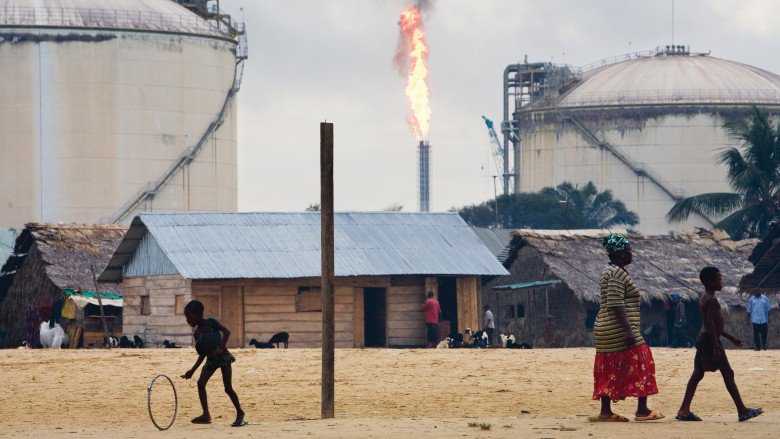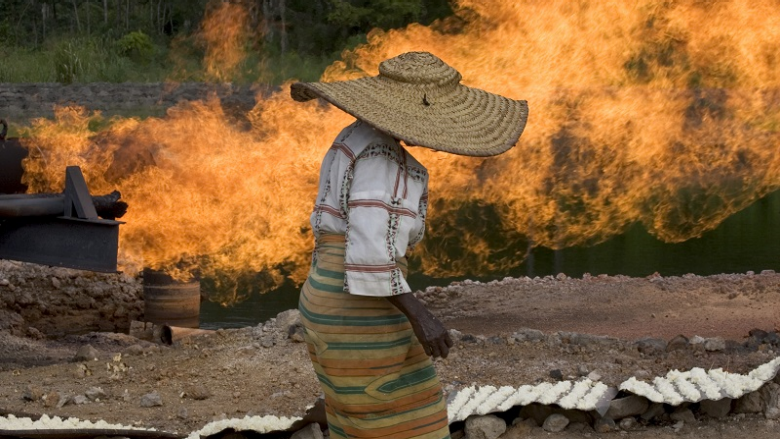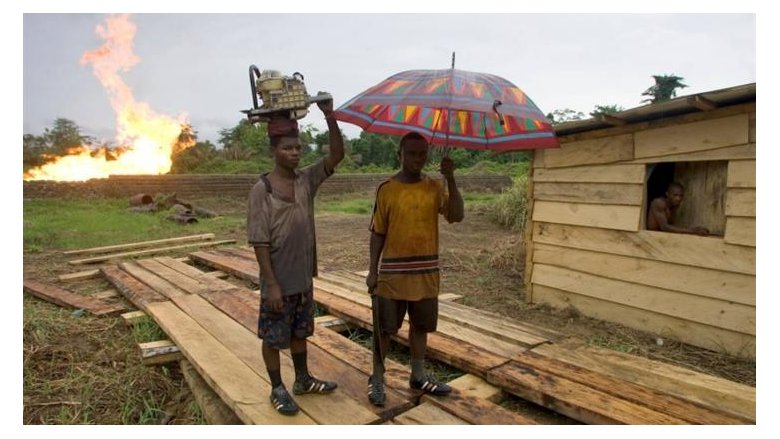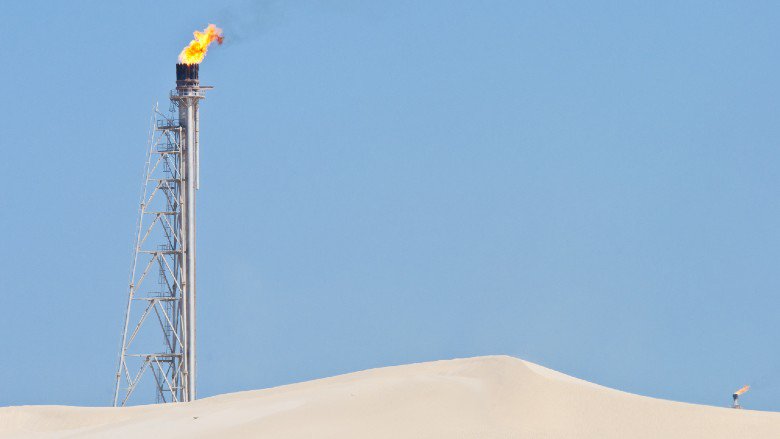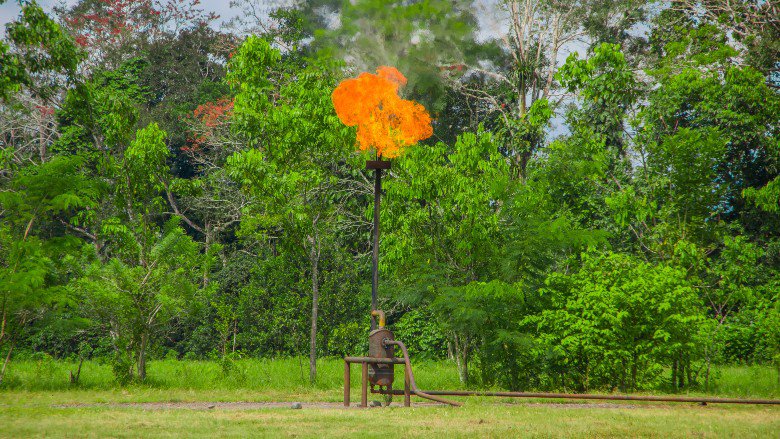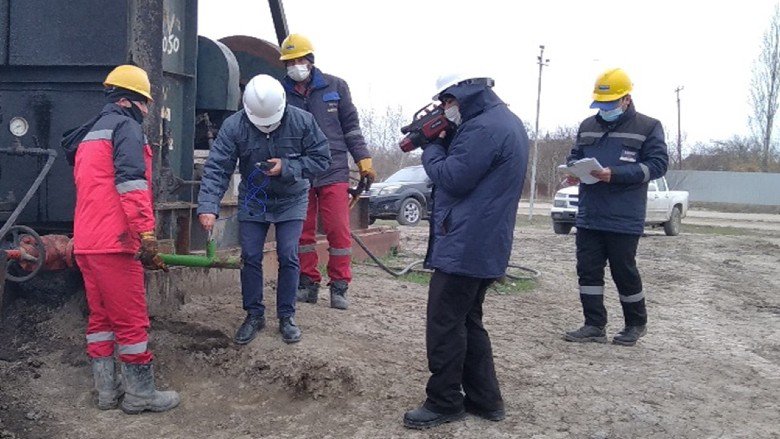The World Bank’s GFMR is a multi-donor trust fund supported by governments, companies, and multilateral organizations committed to ending routine gas flaring and reducing methane emissions from the oil and gas sector. Read more >
-
Global Flaring and Methane Reduction Partnership
(GFMR)
Select a EDS Sub navigation page selecting option, leaving this page
Featured
-
Zero Routine Flaring by 2030 (ZRF) Initiative
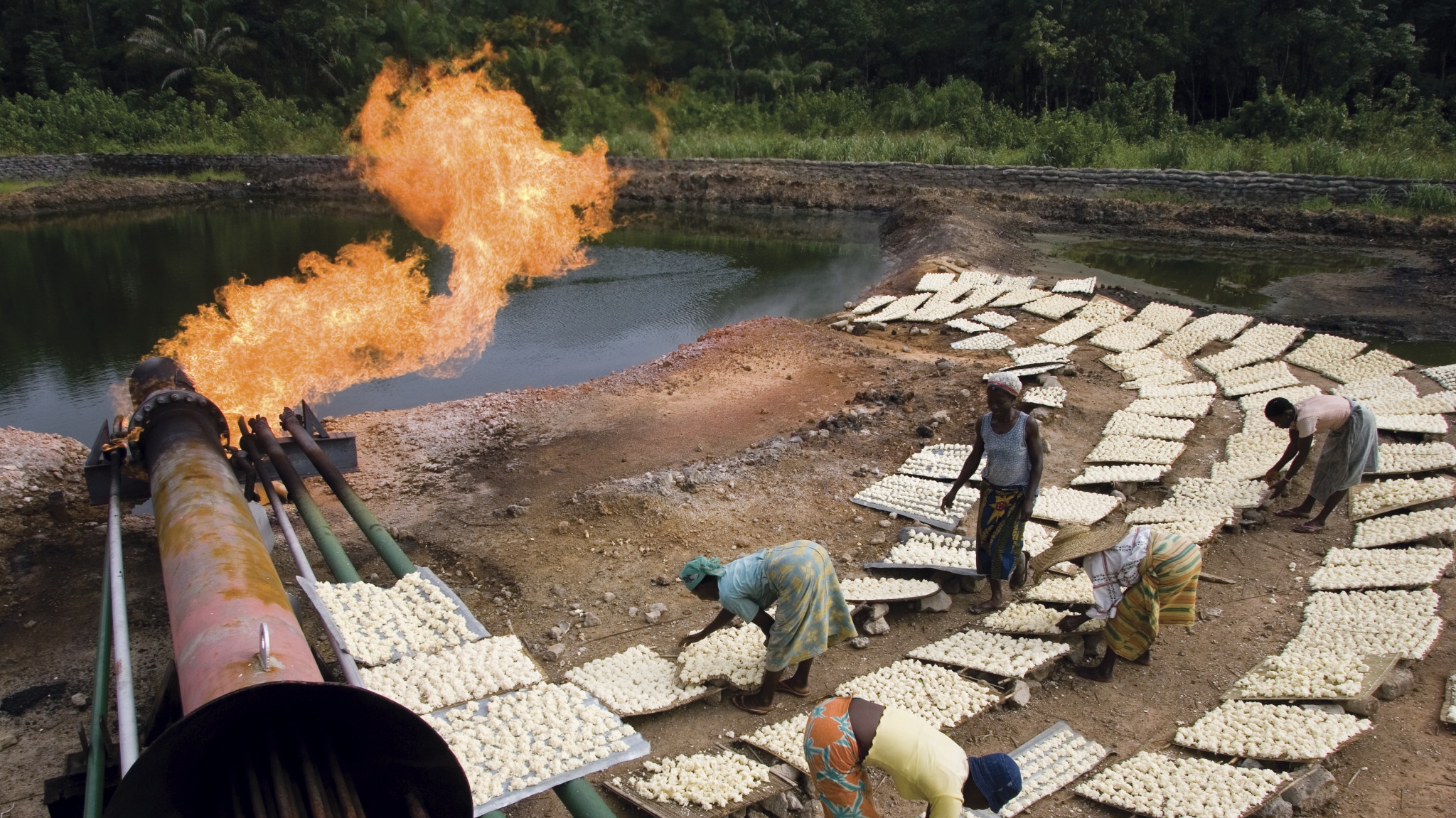 ZRF Website
ZRF WebsiteZero Routine Flaring by 2030 (ZRF) Initiative
Launched in 2015, the ZRF initiative commits governments and oil companies to end routine flaring no later than 2030.
-
Global Gas Flaring and Venting Regulations
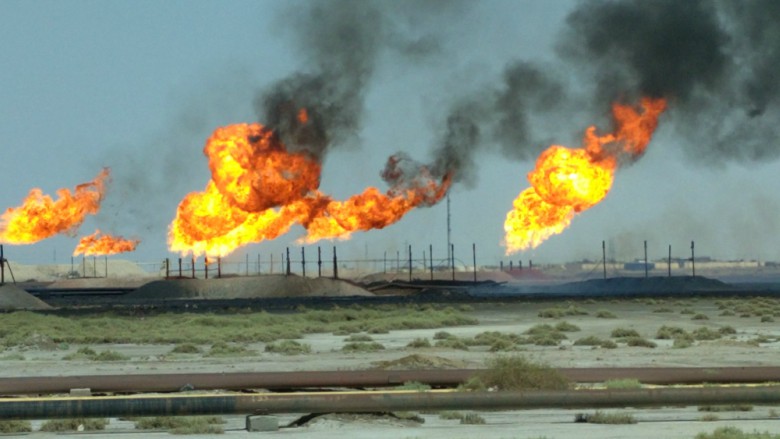 Report
ReportGlobal Gas Flaring and Venting Regulations
A detailed review of regulatory frameworks governing gas flaring and venting in 21 oil-producing countries.
-
Financing Solutions to Reduce Flaring and Methane Emissions
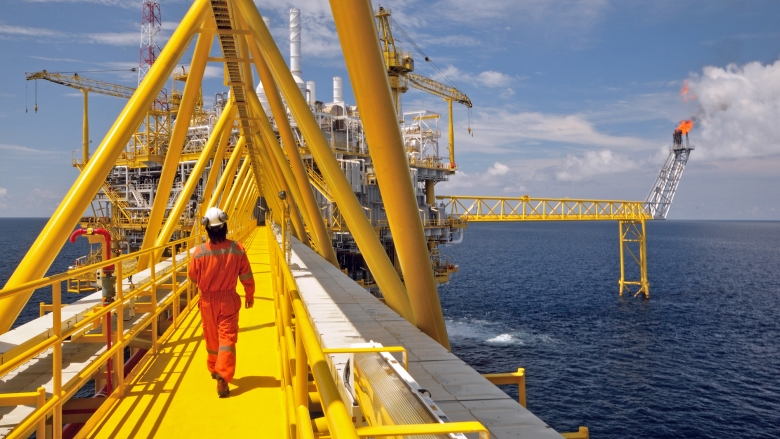 Report
ReportFinancing Solutions to Reduce Flaring and Methane Emissions
A systematic framework for evaluating the feasibility of financing flare reduction projects at medium-sized flaring sites.
Latest
-
GFMR's first Annual Progress Report highlights how, in just one year, the Partnership has transitioned from inception to impact.Read More
-
Global Gas Flaring Hits Highest Level Since 2007
Global Gas Flaring Hits Highest Level Since 2007
Global gas flaring surged for a second year in a row, wasting about $63 billion in lost energy and setting back efforts to manage emissions and boost energy security and access.Read more -
ASEAN’s Methane Management Roadmap and Methane Emissions Dashboard
ASEAN’s Methane Management Roadmap and Methane Emissions Dashboard
The roadmap reveals that over 80% of methane abatement projects in the region could be done at net negative cost.Read more -
GFMR Supports Bangladesh with Methane Emissions ReductionPhoto © Laszlo66
GFMR Supports Bangladesh with Methane Emissions Reduction
Bangladesh has secured a $500,000 grant from GFMR to detect, monitor, and reduce methane emissions from its gas distribution network. Reducing these emissions will also boost revenue and enhance the country’s energy security.Read More -
GFMR Progress Update: Transforming Oil and Gas Operations to Curb Emissions
GFMR Progress Update: Transforming Oil and Gas Operations to Curb Emissions
The World Bank’s Global Flaring and Methane Reduction (GFMR) Partnership is active in over a dozen countries, which account for about a quarter of the oil and gas sector’s methane emissions.Read More -
Global Gas Flaring Jumps to Highest Level since 2019
Global Gas Flaring Jumps to Highest Level since 2019
In 2023, the amount of gas flared worldwide rose by nine billion cubic meters (bcm) to 148 bcm, its highest level since 2019.Read More -
Pertamina Endorses the World Bank’s Zero Routine Flaring by 2030 initiative
In May, the national oil company of Indonesia, Pertamina, became the latest and 57th company to endorse the World Bank’s Zero Routine Flaring by 2030 (ZRF) initiative, bringing the total number of commitments to end this wasteful and polluting practice to 108. -
GGFR evolves into the Global Flaring & Methane Reduction Partnership
GGFR evolves into the Global Flaring & Methane Reduction Partnership
On December 5, 2023 the World Bank launched the Global Flaring & Methane Reduction (GFMR) Partnership, focused on helping developing countries cut emissions generated by the oil and gas industry.Read More -
Global Methane Hub supports ZRF
Global Methane Hub supports ZRF
The Global Methane Hub has expressed its full support for the ZRF initiative and will help us end routine flaring and venting by 2030. -
Colombia commits to ending routine flaring
On March 9, 2023, Colombia became the 35th government to commit to Zero Routine Flaring by 2030. -
Germany and the United States join GFMR; Norway boosts financial support
Germany and the United States join GFMR; Norway boosts financial support
The joint announcement was made at the Major Economies Forum on Energy and Climate by US President Joe Biden and EU President Ursula von der Leyen.Read more -
A new resource to help operators reduce methane emissions
A new resource to help operators reduce methane emissions
The Methane Flaring toolkit guides the user through the options and decisions that will enable operators to meet and exceed existing regulatory requirements.Read more -
Financing Solutions to Reduce Natural Gas Flaring and Methane Emissions

Financing Solutions to Reduce Natural Gas Flaring and Methane Emissions
This report provides a systematic framework for evaluating the feasibility of financing flare reduction projects at medium-sized flaring sites that have historically been difficult to tackle.Read More -
GFMR, Ipieca, and IOGP launch Flaring Management Guidance for the Oil and Gas IndustryPhoto: © gooutsight
GFMR, Ipieca, and IOGP launch Flaring Management Guidance for the Oil and Gas Industry
The Flaring Management Guidance outlines new flaring management and reduction developments and examines industry experiences with eliminating flaring and new technologies, business models, operational improvements, and regulatory policy.Read More -
IFC Provides Landmark Loan to Reduce Gas Flaring, Boost Energy Access, and Power More Homes and Businesses Across Iraq

IFC Provides Landmark Loan to Reduce Gas Flaring, Boost Energy Access, and Power More Homes and Businesses Across Iraq
IFC is investing in Basrah Gas Company (BGC) to support one of the largest gas flaring reduction projects in the world.Read More -
"We can end routine gas flaring by 2030. Here's how"
"We can end routine gas flaring by 2030. Here's how"
We are now less than a decade away from the goal of Zero Routine Flaring by 2030, an ambition that sits at the nexus of climate change mitigation and energy policy.Read More -
Blog: BLOG: A new index highlights the need for shared responsibility to end gas flaring©2006/Ed Kashi
Blog: BLOG: A new index highlights the need for shared responsibility to end gas flaring
A blog by GFMR says oil-producing countries should rightfully assume the lion’s share of responsibility for ending routine flaring, but oil-importing countries also have an important part to play.Read more
Multimedia
Success Stories and Blogs
-
Boost energy security and cut methane emissions by reducing gas flaring and ventingWBGBlog
Boost energy security and cut methane emissions by reducing gas flaring and venting
Riccardo Pulti, Vice President for Infrastructure at the World Bank, shares his views on the role of regulation in ending gas flaring and venting.Read More -
Qatar’s journey to end routine gas flaringSuccess Story
Qatar’s journey to end routine gas flaring
A partner of the World Bank’s Global Gas Flaring Reduction Partnership (GGFR) shares its track record and future plans for gas flaring reduction.Read more -
SOCAR sets ambitions to slash Azneft's emissions to zero by 2022SOCARSuccess Story
SOCAR sets ambitions to slash Azneft's emissions to zero by 2022
A partner in the World Bank's Global Gas Flaring Reduction Partnership (GGFR), SOCAR shares its track record and future plans for gas flaring reduction.Read More -
A new index highlights the need for shared responsibility to end gas flaring©2006/Ed KashiBlog by Zubin Bamji, Harshit Agrawal, and Umar Serajuddin
A new index highlights the need for shared responsibility to end gas flaring
Read More
